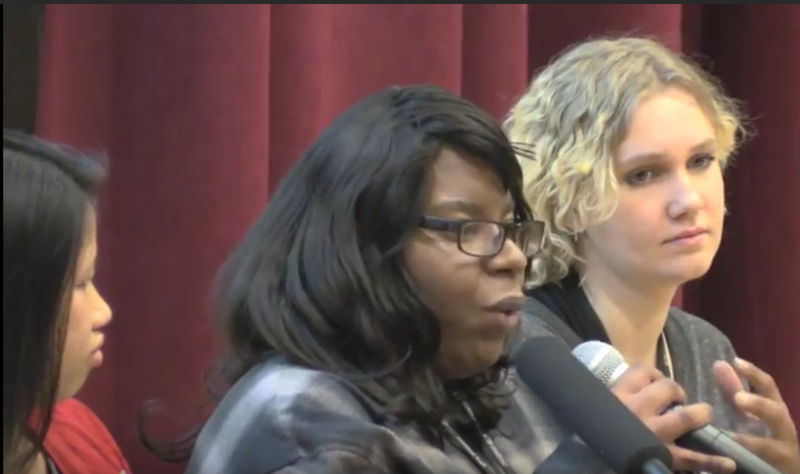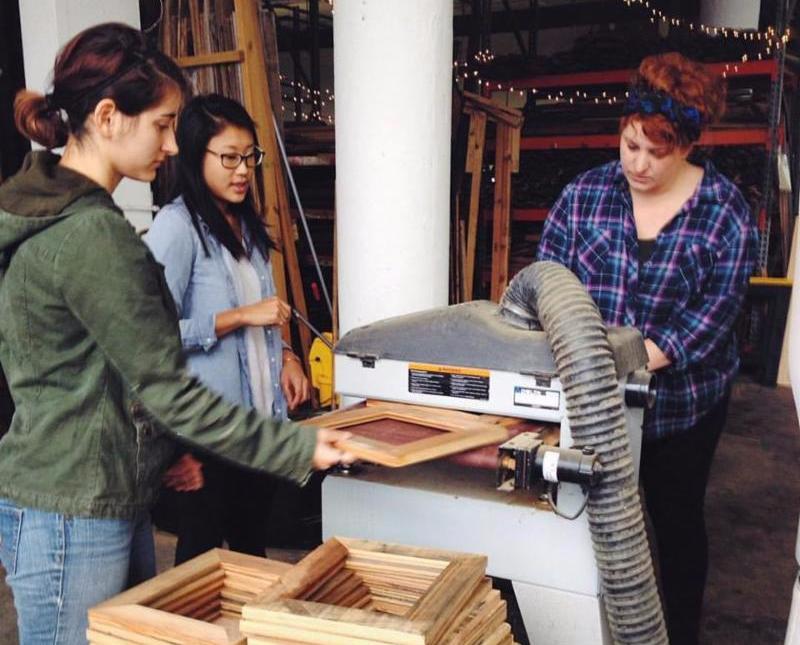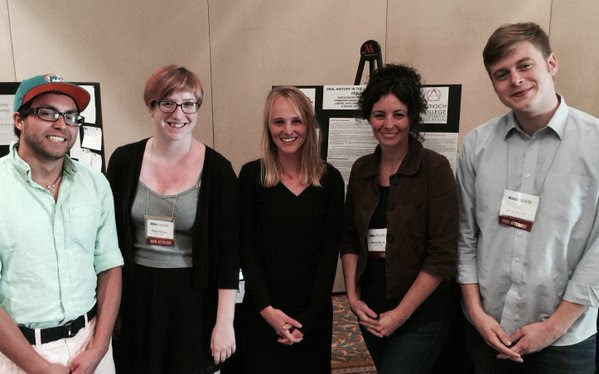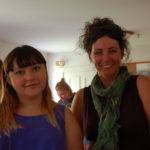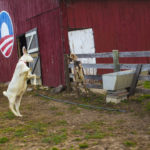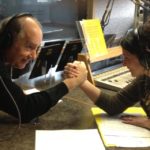At the heart of the Fetching the Quilt Home project is a philosophical concern with the aesthetics—the phenomenological experience— of making and collecting. Guiding this inquiry is an attempt to explore skill transmission, ‘flow’, and how people value handmade objects in a era of mass production. How we imagine ourselves to care for and preserve quilts is a special question at the heart of the project— be they signifiers of a family’s material culture and stories, or pieces with a presumed historical value as cultural heritage.
Exactly what does it mean “to save” something? For 20th century philosopher Martin Heidegger, we have lost its deeper meaning:
“Usually we think that it means only to seize hold of a thing threatened by ruin in order to secure it in its former continuance. But the verb ‘to save’ says more. ‘To save’ is to fetch something home into its essence.”
In establishing the field of Quilt Studies and proving quilts to be items of our shared cultural heritage, we have certainly “seized” many quilts that may have been lost to the stretches of time. We now have conventions for “securing” these quilts in “their former continuance” through our methods of conservation, preservation, and restoration/repair. We have housed quilts in fine arts and cultural institutions where we may be sure that they will remain ‘safe’ for future generations. But how can we know if we are merely seizing quilts or if we are saving them?
The first indexed narratives, in partnership with the Quilt Alliance, can be navigated beginning in February or March of 2016. Interviews conducted by Brooke in Fetching the Quilt Home are forthcoming in late 2016, continuing into 2017. An interview with Juanita Shockey Harris, an Appalachian quiltmaker, is here provided as an example of the kind of interviews that will be archived for other researchers in this project.
Of note to peer researchers is the difference of content and form between the highly produced 6-minute documentary video made for her family, and the full length oral history interview it was excerpted from below. In producing the excerpt video, many important aspects of Juanita’s experience were necessarily left out as the producer (myself) was forced to conceive of an audience and determine what of Juanita’s sentiment would make the final cut. While the piece is a lovely overview of Juanita’s life, family, and quilting practices, items of particular value to researchers are not accessible. Publishing the full-length interview as a highly-searchable multimedia experience provides entry points to other researchers that the original interviewer might not have even imagined.




